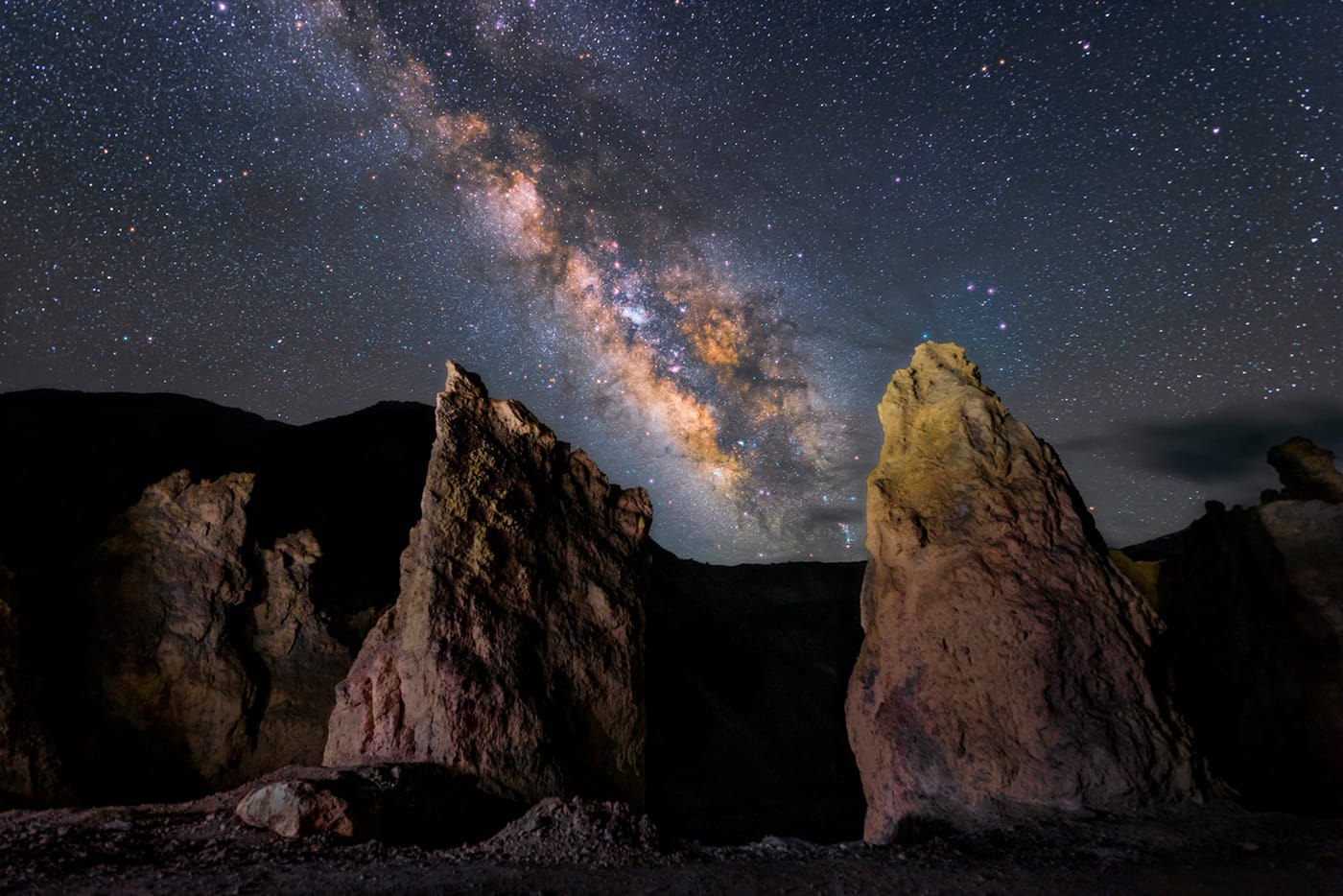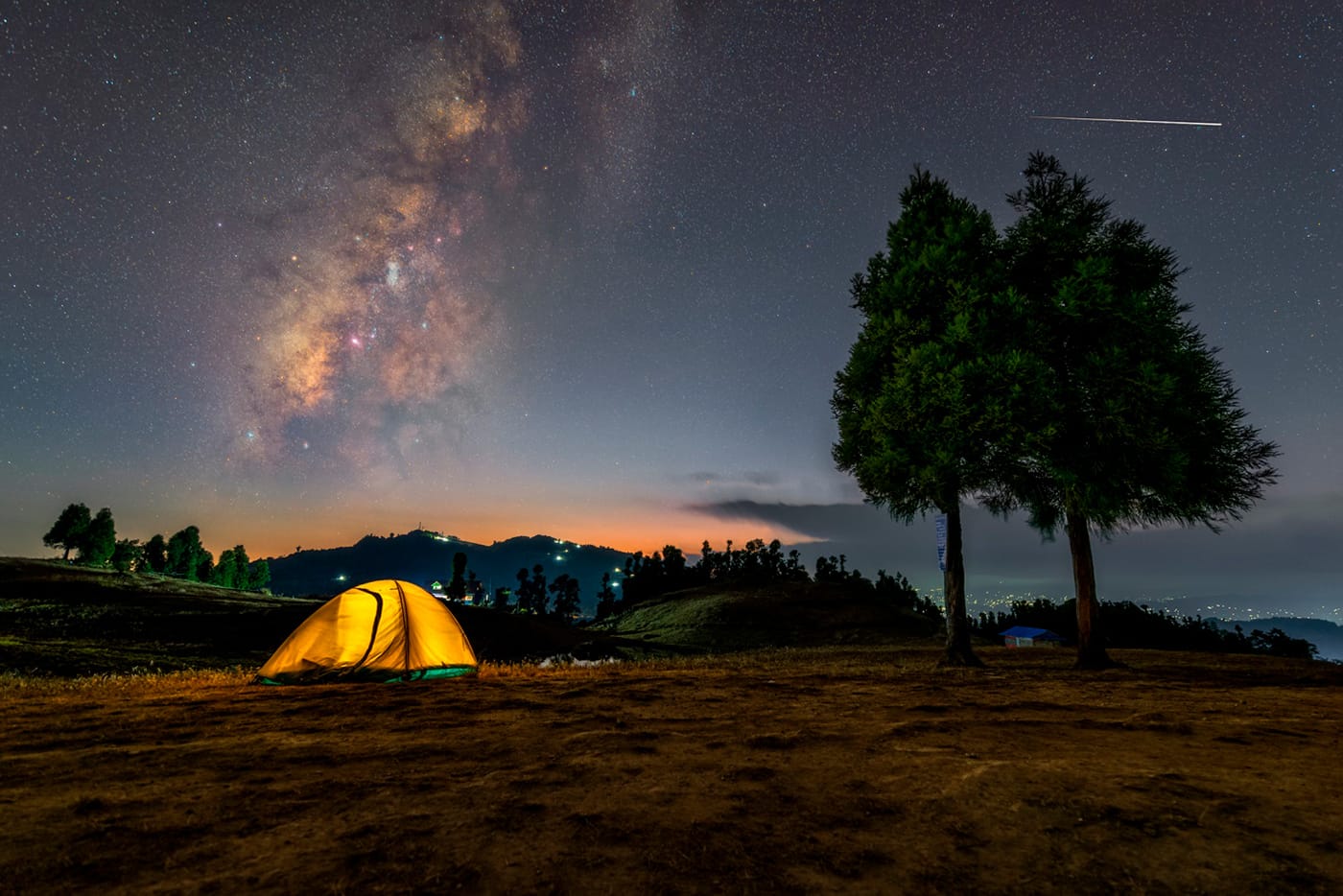Astro-Landscape or Landscape-Astro Photography requires an understanding of both Astro and Landscape Photography beforehand because Astor-Landscape photography is a mix of “Astro” and “Landscape” Photography.
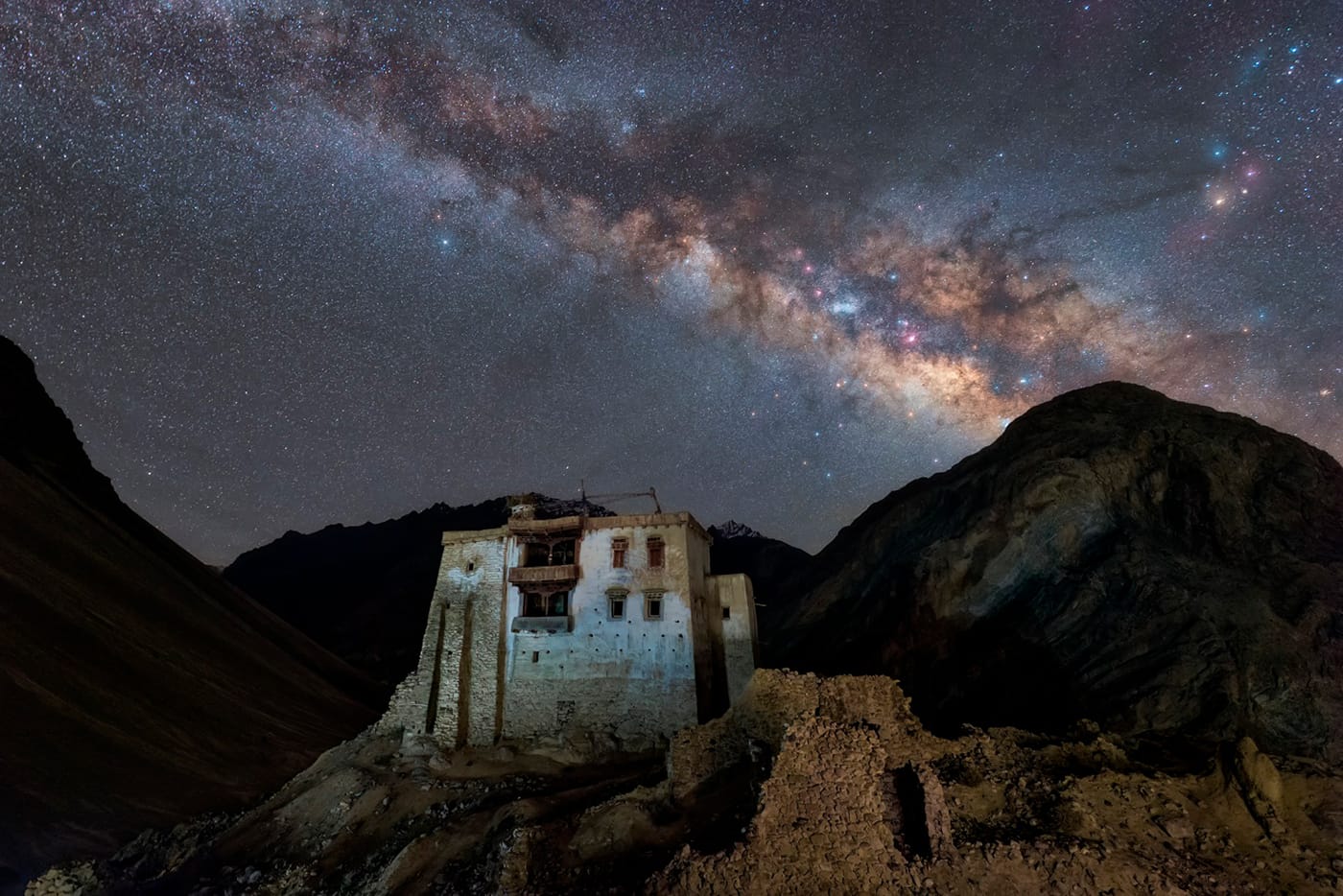
There have always been different types of astrophotography, some of which are relatively easy to do and accessible for beginners with nothing more than a DSLR and a tripod. Others are more advanced and require a lot more gear. Here I’m trying to classify astrophotography in an easy way.
- Night Sky Photography
- Deep Sky Astrophotography
- Piggyback Astrophotography
- Prime Focus Astrophotography
- Afocal Astrophotography
- Eyepiece Projection Astrophotography
Landscape: Landscape photography is one of the oldest and most beloved types of photography; it is one of the most popular genres of photography. This photographic discipline displays Mother Nature’s glory (like the earth’s terrain, mountains, deserts, rivers, oceans, waterfalls, plants, animals and other sceneries or any life forms) in its finest form. The image should transport the viewer to that specific location. Good landscape photography can teleport you anywhere in the world.
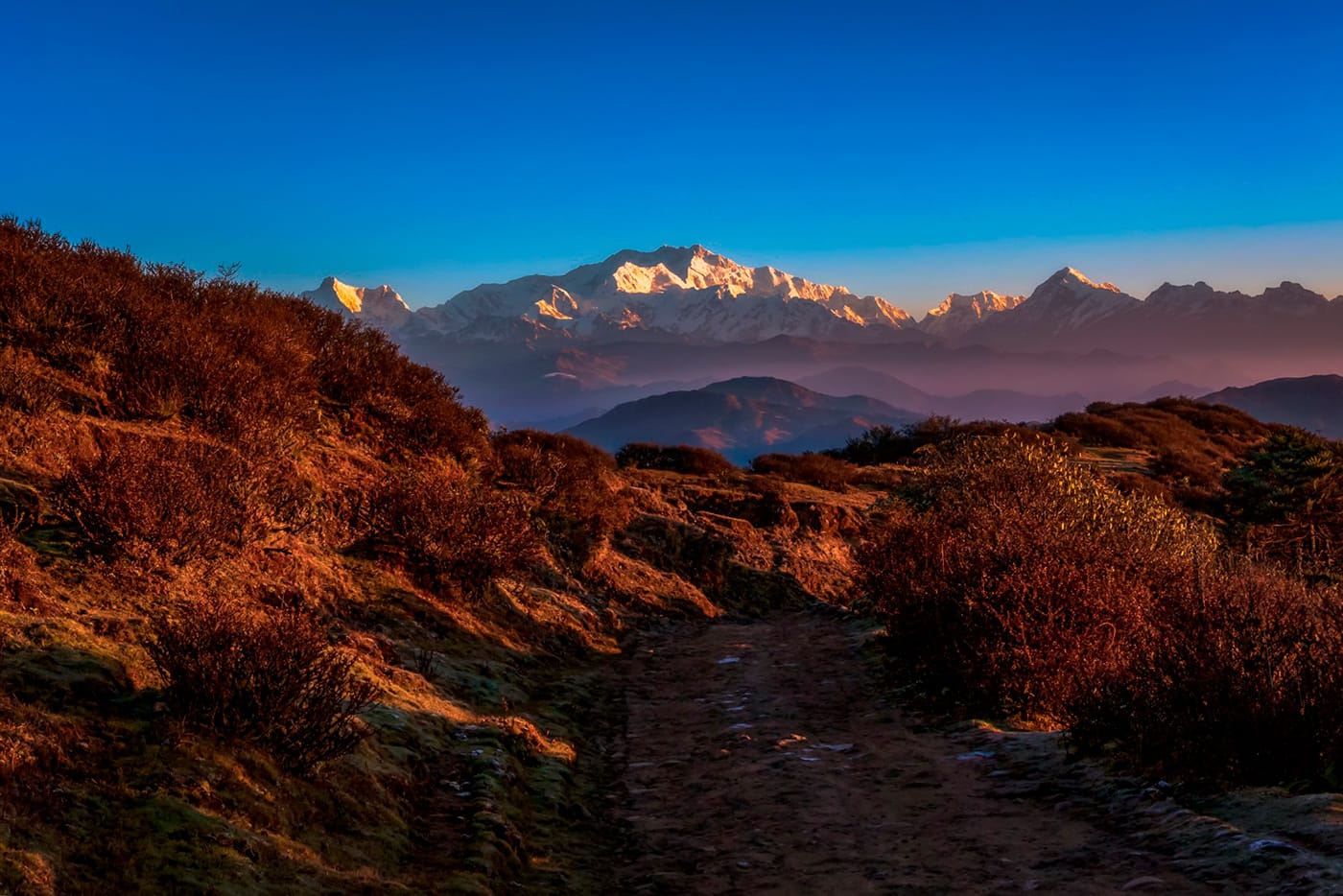
Astro-landscape Now it’s time to learn more about night sky photography, which is sometimes referred to as Landscape astrophotography or Astro-Landscape photography. Astro-Landscape photography, commonly known as just nightscape photography, is the term used when an astronomical shot additionally features any terrestrial topography in addition to celestial objects or celestial activities.
However, a lot of images that are referred to as “nightscapes” may just be nighttime landscapes or lack stars altogether owing to light pollution or bad weather. Astro-Landscape photography, or taking pictures of the Milky Way, has become a popular priority for photographers these days.
The term Milky Way comes from the Greek words Galaxia (milky) and the Latin words Via Lactea (way). It encompasses our solar system and is a barred spiral galaxy. From Earth, the Milky Way appears as a band because its disk-shaped structure is viewed from within. The Milky Way has a diameter of about 100,000 light-years and the Sun lies about 30,000 light-years from the centre.
In March 2019, astronomers reported that the mass of the Milky Way galaxy is 1.5 trillion solar masses within a radius of about 129,000 light-years, over twice as much as was determined in earlier studies, and suggesting that about 90% of the mass of the galaxy is dark matter.
The motion of the Earth and Sun around the Milky Way. The solar system is well within the galactic disk, which is about 1,000 light-years thick. The sun and the planets that circle it are roughly 50 light-years above the galactic plane and passed northward through it about 3 million years ago in its undulating path around the galactic centre.
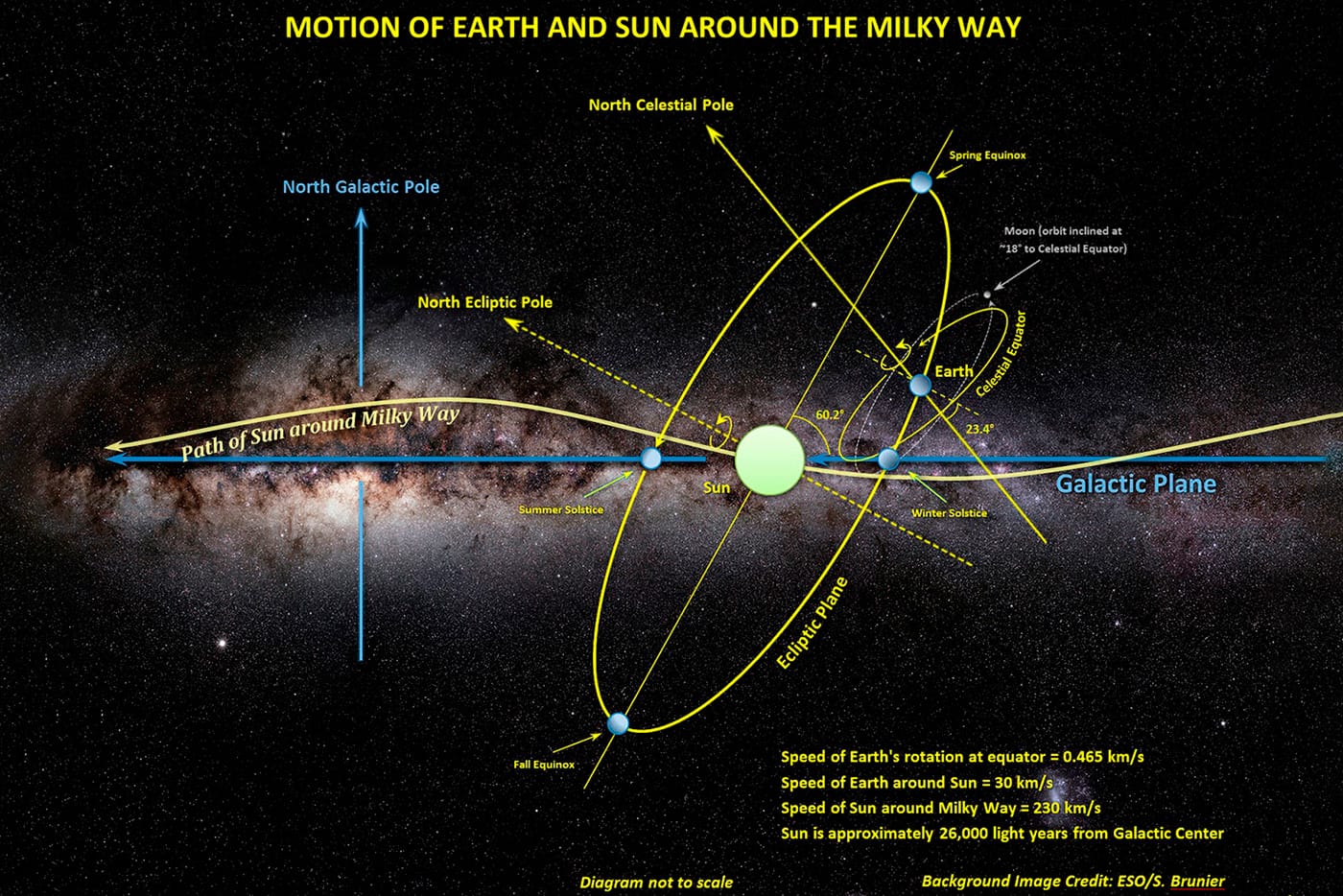
A simple way to find the Milky Way for Astro-Landscape Photography?
Technically, you can see some part of the Milky Way at any time of the year, but, in Milky Way photography, we prefer to shoot the galactic centre with some night landscape (in Astro-landscape photography). So, we have to find “The Milky Way Season”, which varies according to the hemisphere, or specifically, we can say according to the graticule (network of the latitude and the longitude), because of the earth’s revolution.
So, where you’re located in the world will determine where the Milky Way will be in the sky. It’s changed hemisphere-wise.
- The Milky Way Season in the Northern Hemisphere:
In the northern hemisphere, the thickest central portion of our galaxy is visible in the southern half of the sky, particularly in the peak of the “Milky Way Season” around the time of the Vernal Equinox (20th March) to let one and a half months of Autumn Equinox (23rd September).
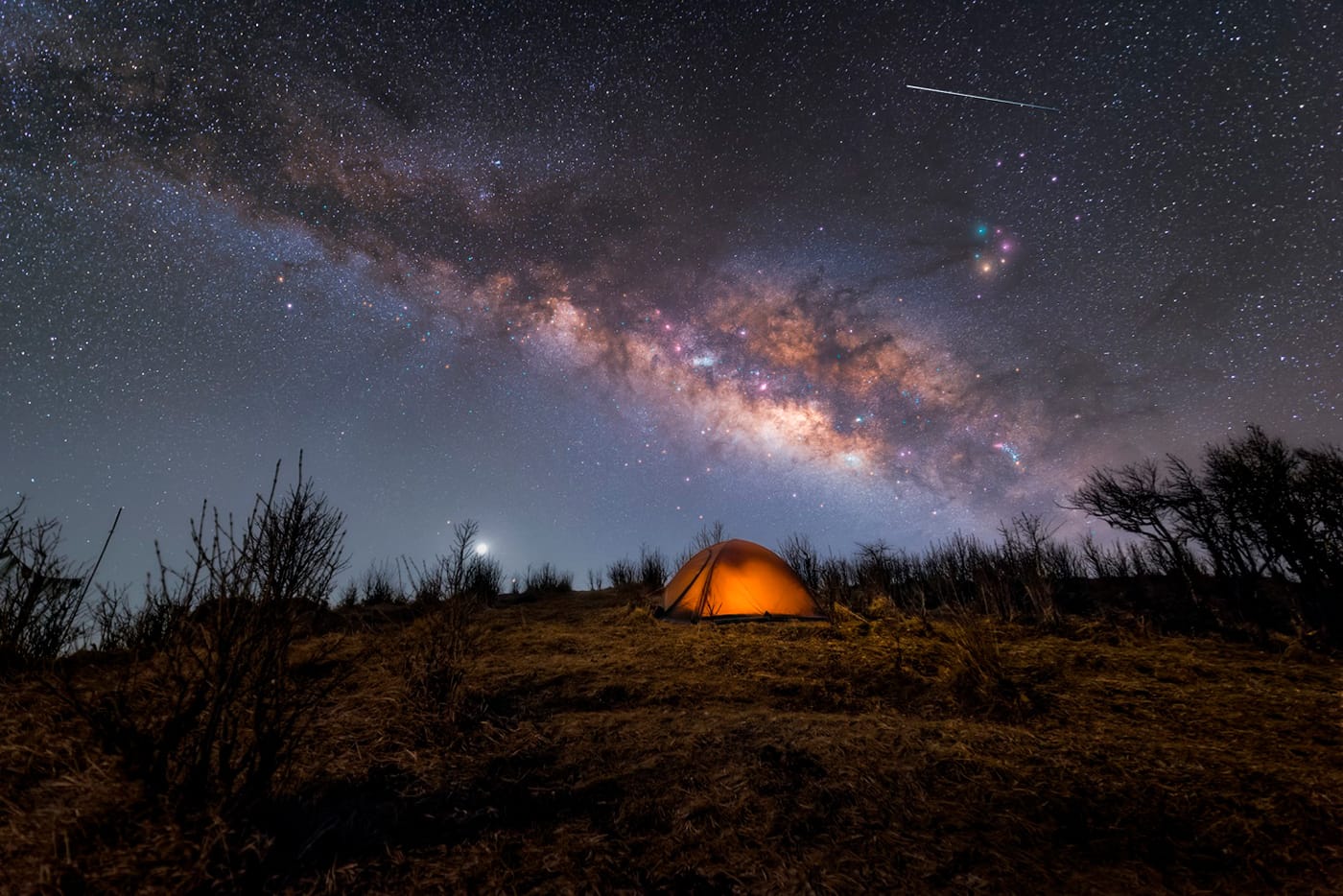
In general, the Milky Way rises from mid of January but, in late February the core becomes visible in the pre-dawn hours just before sunrise, and remains above the horizon during daylight hours. As months go by, the core becomes visible for longer and longer each night, being June and July the months with longer visibility. During this time of year, the core will be visible all night. From July on, core visibility begins to decrease and the best viewing time moves towards after dusk, until it becomes invisible again in starting November.

In the Northern Hemisphere, the core is visible by looking Southeast or South, depending on what time of night. The core begins to be visible in the southeast from March to May, south from May to July, and southwest from July to October. It should be remembered that in the Northern Hemisphere, the Galactic centre never rises too far above the horizon.
1. The Milky Way Season in the Southern Hemisphere:
In the southern hemisphere, the thickest central portion of our galaxy is visible in the southern half of the sky while in the southern hemisphere; it can be positioned directly overhead. In the Southern Hemisphere, the core is visible from February to October, being in the middle of the winter, which means, the same as in the northern hemisphere. So the “Milky Way Season” in the southern hemisphere around the time of the Vernal Equinox (20th March) to let one and half months of Autumn Equinox (23rd September). Again, don’t look for it from November to January.
In the Southern Hemisphere, the core is visible by looking Southeast or South, depending on what time of night. The core begins to be visible in the southeast from March to May, south from May to July, and southwest from July to October. The best time for viewing it is from mid-April to mid-August because the galactic centre is visible for longer during the long winter night.
Another thing is that during this winter our earth’s southern hemisphere is closer to the Galaxy rather than the northern hemisphere because in this winter our northern hemisphere is tilted with an angle of 23.50 towards the sun; on the other hand, the southern hemisphere is tilted in the opposite direction, towards the galaxy core. So, that’s the reason the galactic core is more brightly and perfectly visible from the southern hemisphere rather than the northern hemisphere.
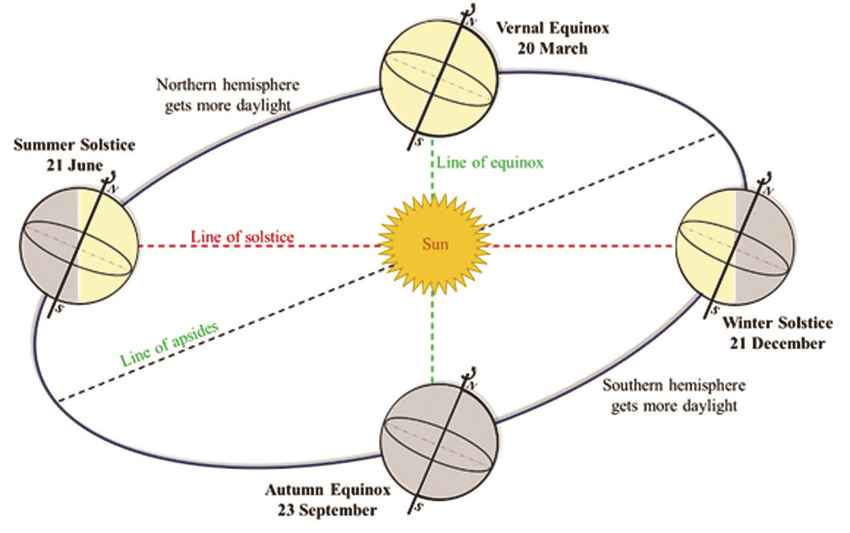
One interesting fact is that the Milky Way rise time gradually decreases near about 2hr per month from February to November of every year. (Remember, I’m talking about the rising time not the visible time.) We know our Earth’s actual rotation time is 23 hours, 56 minutes, and 4.09053 seconds it’s called a sidereal day. With the exception of the Sun, Moon, and a few other solar system bodies, the entire sky—including the Milky Way’s core—returns to its initial position in relation to Earth during these 23 hours, 56 minutes, and 4.09053 seconds. However, the Sun does not appear during this time, as the Earth completes one full rotation and moves slightly around the Sun for the annual motion during this day.
Owing to its yearly motion, it takes the Earth 365 days to complete one full rotation around the Sun, or 360 degrees. Therefore, one day is equal to 360/365 ≈ 1 degree, with 1 degree requiring 03 minutes 55.90947 seconds or approx. 4 minutes; this translates to one sidereal day plus an extra 4 minutes when the sun sets will return to its original position after 23 hours 56 minutes plus 4 minutes, or 24 hours. This gives us what is known as a synodic day, or a 24-hour day.
The Earth then rotates for an additional 4 minutes to complete a 24-hour day. This means that every day, all of the stars and the Milky Way’s core move forward by 4 minutes, so that the position of the stars and Milky Way’s core in the sky at precisely 10:00 PM today is precisely the same position tomorrow at 9:56 PM, and day after tomorrow at 9:52 PM.
This is precisely the reason why the Milky Way core’s rise time advances by 4 minutes daily, or 2 hours per month, to come forward by 4 minutes every day: 30 days x 4 minutes = 120 minutes or 2 hours.
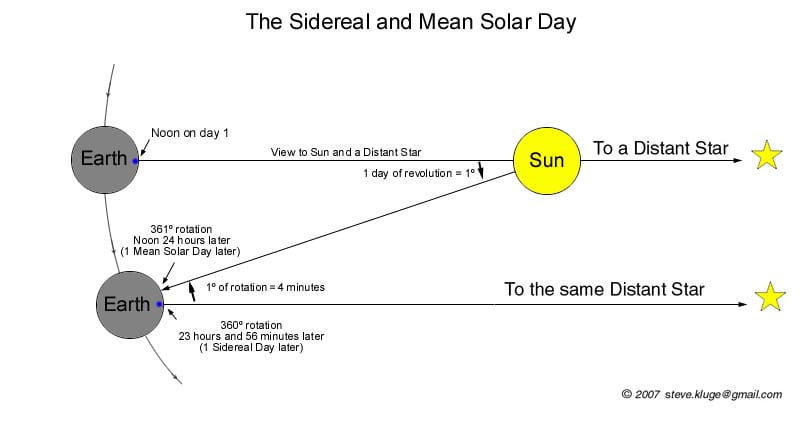
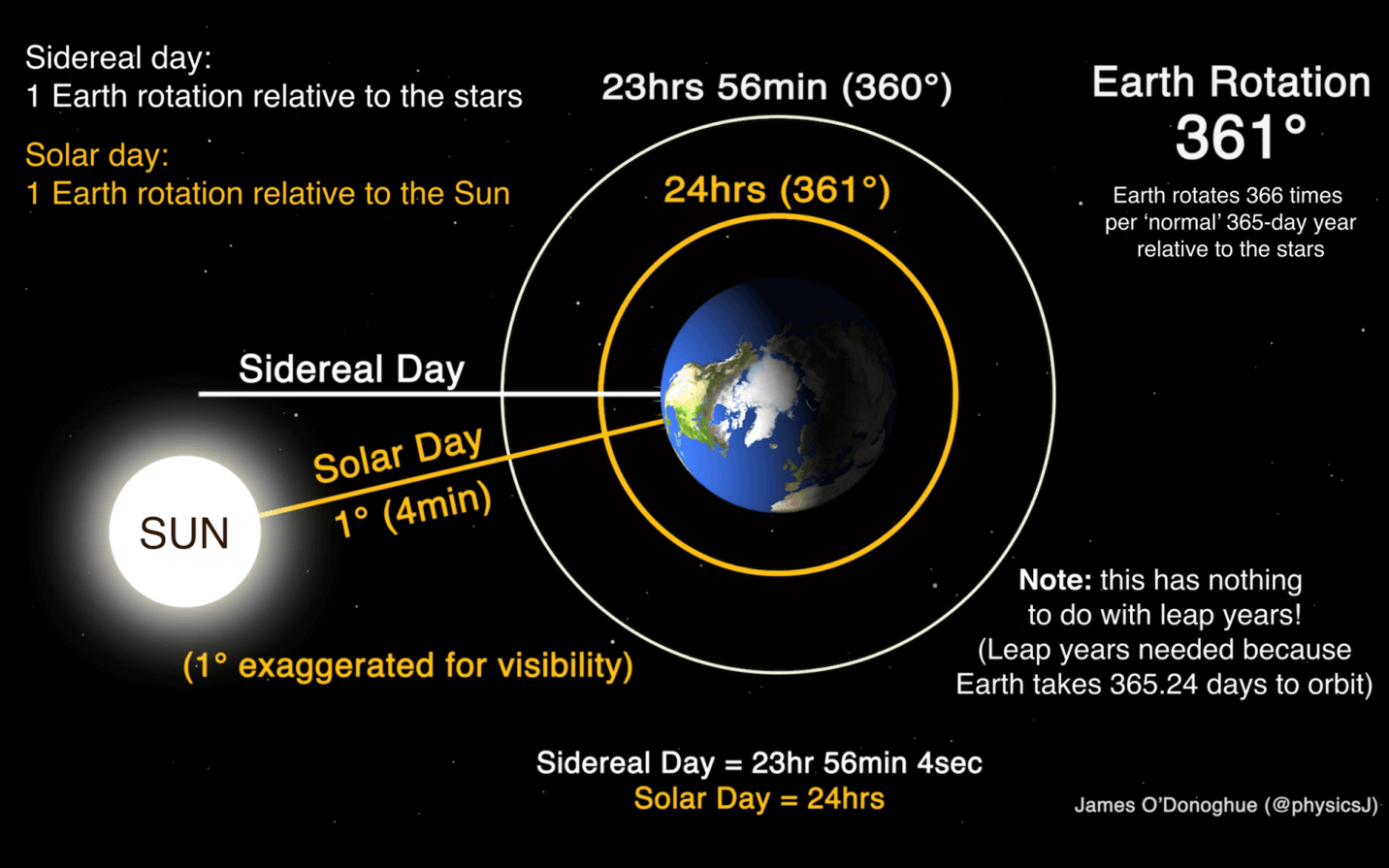
The best smartphone spps for finding the Milky Way:
- Android
- PhotoPills (Paid)
- Stellarium
- StarTracker
- Star Walk 2
- SkyView
- SkySafari
- Windows Phone
- SkyMap Free
- The Photographer’s Ephemeris APK
- The UniversApp
- iOS
- Stellarium PLUS – Star Map
- PhotoPills (Paid)
- Astrospheric
- The Photographer’s Ephemeris (TPE)
- Sky Guide
- SkySafari
The best desktop apps for finding the Milky Way:
- stellarium.org

